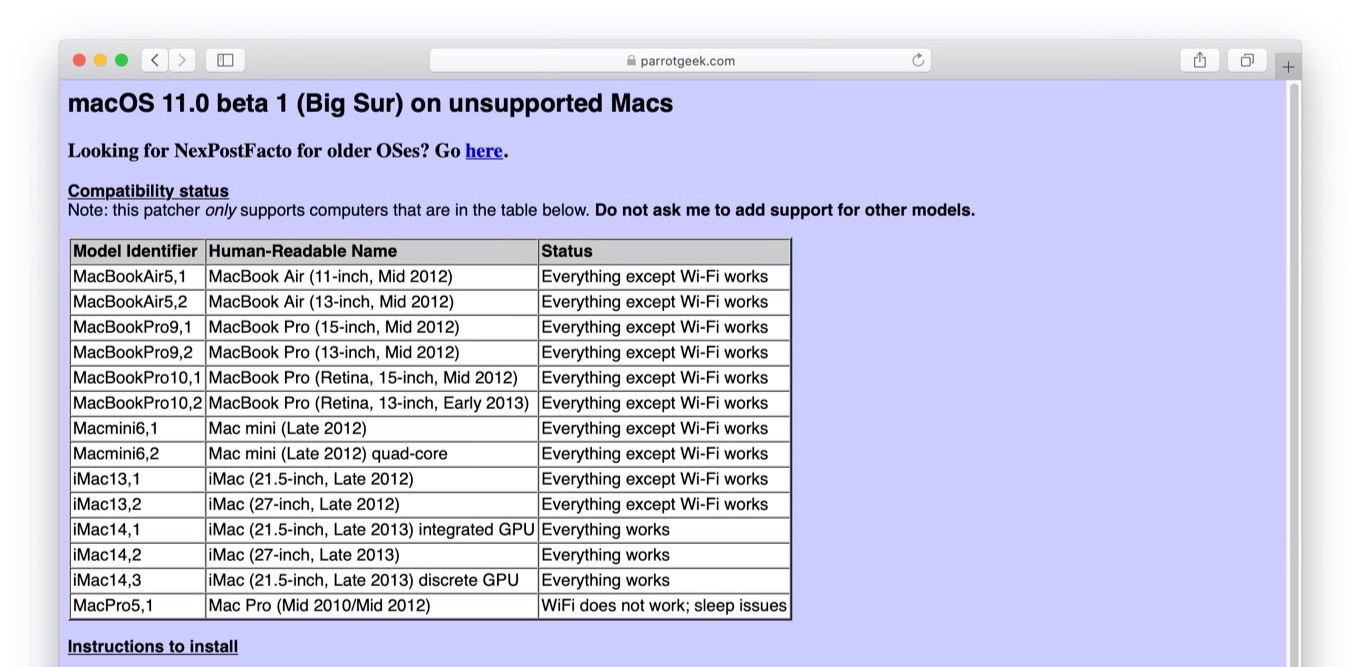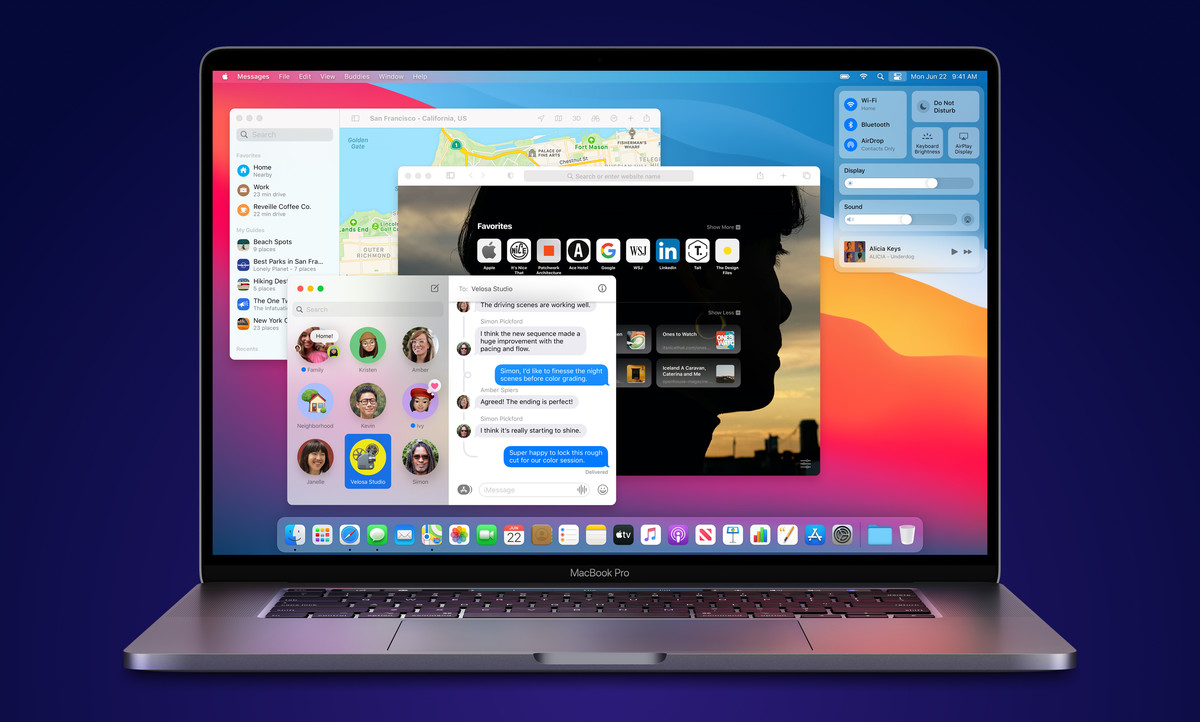MacOS Catalina Patcher, the successor to macOS Mojave Patcher, is an all-new, easy-to-use tool that allows anyone to install macOS Catalina on unsupported Macs. MacOS Mojave Patcher. MacOS Mojave Patcher, the successor to macOS High Sierra Patcher, is an easy-to-use tool that allows anyone to install macOS Mojave on unsupported Macs.
The patcher downloads the original installation file for Big Sur (or optionally, the public or developer beta), and also downloads a micropatcher for kexts and other resources that allow macOS 11. Mar 26, 2021 — Patched Sur is a UI patcher for macOS Big Sur, designed to make it easy to run macOS 11 on unsupported Macs. This patcher hopes to allow. Feb 16, 2021 — El capitan patcher dosdude1.
To re-install a patch, simply right-click on it in the list and select 'Re-install'. Whether its Dosdude1’s Catalina Patcher, Julian’s macOS Patcher, or Isiah’s macOS Extractor, you have a wide range of solutions that can work with your specific Mac Model. We strive to push your Mac Model to its limit without compromising its usefulness. What DosDude1 thinks about Big Sur (in terms of a new patcher) Edit: all Big Sur patcher discussion goes in r/bigsurpatcher, don’t ask here because I probably won’t respond So I got to take with him on discord (on the server) about what he thinks about a new Big Sur patcher.
UpdatesImportant Notes:
- Using APFS is REQUIRED in Mojave in order to receive system updates via the normal Software Update method. If you choose to continue using macOS Extended (Journaled) as your filesystem type, you will NOT receive System Updates via System Preferences. If you are not using APFS, you can follow the 10.14.1 installation steps below.
- After applying ANY system update via Software Update, re-applying post-install patches using your Mojave Patcher installer volume will most likely be necessary. If you install a software update and the system fails to boot afterwards, this is what needs to be done.
10.14.6

10.14.6 can be updated normally via Software Update if using an APFS volume, and will need to be patched using an installer volume created with Mojave Patcher version 1.3.2 or later after installing.
10.14.5
10.14.5 can be updated normally via Software Update if using an APFS volume, and will need to be patched using an installer volume created with Mojave Patcher version 1.3.1 or later after installing.
10.14.4


10.14.4 adds new changes that ARE NOT patchable by the post-install tool of Mojave Patcher v1.2.3 and older! Before updating to 10.14.4, you you will need to use the latest Mojave Patcher version to create a new installer volume, using the 10.14.4 installer app. Then, update to 10.14.4, either by installing via Software Update, or by just using the installer volume you've created to install.

10.14.3
If you are currently running 10.14.1 or 10.14.2, you can simply use the Software Update pane of System Preferences (if using APFS) to apply the 10.14.3 update. Once the update is installed, you will most likely need to re-apply post-install patches to get the system to boot again. This process is detailed in steps 8 - 10 above. If you are currently running 10.14.0, you'll need to proceed with the 10.14.1 update method described below.
10.14.2
If you are currently running 10.14.1, you can simply use the Software Update pane of System Preferences (if using APFS) to apply the 10.14.2 update. Once the update is installed, you will most likely need to re-apply post-install patches to get the system to boot again. This process is detailed in steps 8 - 10 above. If you are currently running 10.14.0, or are using a non-AFPS volume, you'll need to proceed with the 10.14.1 update method described below.
10.14.1/macOS Extended (Journaled) volumes
Mac Os Big Sur Patcher Dosdude1
The Mojave 10.14.1 update does NOT install properly on unsupported machines, and could result in an unbootable OS. If you want to install the 10.14.1 update (and are not currently running 10.14.1), perform the following steps:
• Download the latest version of Mojave Patcher
• Download the installer using the Tools menu of Mojave Patcher
• Create a patched USB installer
• Boot from that, and install 10.14.1 onto the volume containing an older release.
• Once done, apply the post-install patches, and you should now be on 10.14.1.